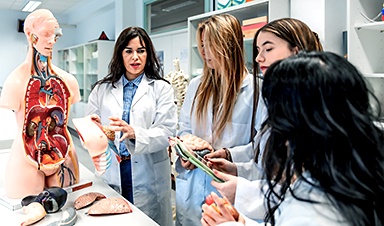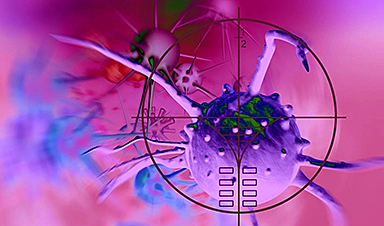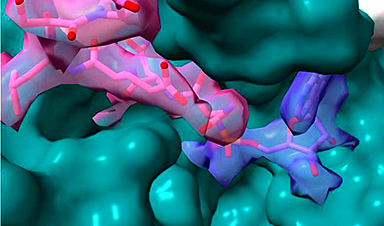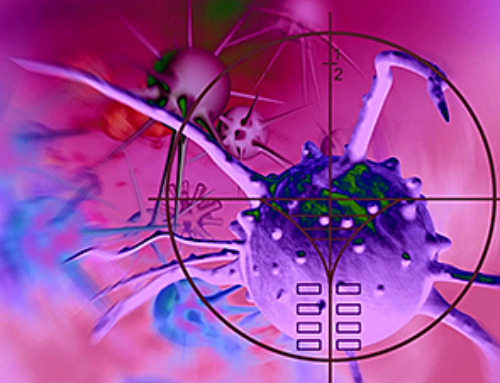The Australian Regenerative Medicine Institute (ARMI) at Monash University suggests that muscle wasting, known as sarcopenia, may be reversed in late-life
The study utilized the African killifish as a model and found that muscles revert to an “early-life” state, slowing mortality.
This discovery could potentially lead to interventions that slow down or even reverse age-related muscle loss.
What is sarcopenia?
Sarcopenia refers to the age-related loss of muscle mass, which goes beyond the normal decline that occurs with aging.
This condition not only affects muscle mass but also impacts gait, balance, and daily task performance.
While it was once thought to be an inevitable deterioration, researchers are now exploring potential treatments to prevent or slow down this process.
Symptoms of sarcopenia
Individuals with sarcopenia commonly suffer from weakness and a decline in stamina, which can significantly impact their physical abilities.
The reduced ability to carry out physical activities often results in decreased overall activity levels, further exacerbating the loss of muscle mass.
The first study to use the killifish to explore sarcopenia
According to Dr Ruparelia, Monash University is the first to use the killifish to study sarcopenia.
‘We performed a thorough cellular and molecular characterization of skeletal muscle from early life.’
“In this study, we performed a thorough cellular and molecular characterization of skeletal muscle from early life, aged and extremely old late-life stages, revealing many similarities to sarcopenia in humans and other mammals,” she explained.
Sarcopenia is only set to become more common
Unfortunately, Sarcopenia is expected to increase in prevalence globally.
This emphasises the need to understand its mechanisms and develop suitable medical interventions for healthy muscle aging.
‘Researchers were able to reveal the metabolic hallmarks of aging.’
In conducting this study, researchers were able to reveal the metabolic hallmarks of aging that are reversed during the late-life stage, coinciding with a decline in mortality rates.
Lipid metabolism plays a key role
Lipid metabolism was found to play a critical role, and drugs regulating lipid formation could potentially rejuvenate aging muscles.
The findings open possibilities for treating muscle aging and have implications for the growing aging population worldwide.
Using the killifish model provides a unique opportunity to study aging processes and develop strategies for healthy aging.
News
Repurposed drugs could calm the immune system’s response to nanomedicine
An international study led by researchers at the University of Colorado Anschutz Medical Campus has identified a promising strategy to enhance the safety of nanomedicines, advanced therapies often used in cancer and vaccine treatments, [...]
Nano-Enhanced Hydrogel Strategies for Cartilage Repair
A recent article in Engineering describes the development of a protein-based nanocomposite hydrogel designed to deliver two therapeutic agents—dexamethasone (Dex) and kartogenin (KGN)—to support cartilage repair. The hydrogel is engineered to modulate immune responses and promote [...]
New Cancer Drug Blocks Tumors Without Debilitating Side Effects
A new drug targets RAS-PI3Kα pathways without harmful side effects. It was developed using high-performance computing and AI. A new cancer drug candidate, developed through a collaboration between Lawrence Livermore National Laboratory (LLNL), BridgeBio Oncology [...]
Scientists Are Pretty Close to Replicating the First Thing That Ever Lived
For 400 million years, a leading hypothesis claims, Earth was an “RNA World,” meaning that life must’ve first replicated from RNA before the arrival of proteins and DNA. Unfortunately, scientists have failed to find [...]
Why ‘Peniaphobia’ Is Exploding Among Young People (And Why We Should Be Concerned)
An insidious illness is taking hold among a growing proportion of young people. Little known to the general public, peniaphobia—the fear of becoming poor—is gaining ground among teens and young adults. Discover the causes [...]
Team finds flawed data in recent study relevant to coronavirus antiviral development
The COVID pandemic illustrated how urgently we need antiviral medications capable of treating coronavirus infections. To aid this effort, researchers quickly homed in on part of SARS-CoV-2's molecular structure known as the NiRAN domain—an [...]
Drug-Coated Neural Implants Reduce Immune Rejection
Summary: A new study shows that coating neural prosthetic implants with the anti-inflammatory drug dexamethasone helps reduce the body’s immune response and scar tissue formation. This strategy enhances the long-term performance and stability of electrodes [...]
Scientists discover cancer-fighting bacteria that ‘soak up’ forever chemicals in the body
A family of healthy bacteria may help 'soak up' toxic forever chemicals in the body, warding off their cancerous effects. Forever chemicals, also known as PFAS (per- and polyfluoroalkyl substances), are toxic chemicals that [...]
Johns Hopkins Researchers Uncover a New Way To Kill Cancer Cells
A new study reveals that blocking ribosomal RNA production rewires cancer cell behavior and could help treat genetically unstable tumors. Researchers at the Johns Hopkins Kimmel Cancer Center and the Department of Radiation Oncology and Molecular [...]
AI matches doctors in mapping lung tumors for radiation therapy
In radiation therapy, precision can save lives. Oncologists must carefully map the size and location of a tumor before delivering high-dose radiation to destroy cancer cells while sparing healthy tissue. But this process, called [...]
Scientists Finally “See” Key Protein That Controls Inflammation
Researchers used advanced microscopy to uncover important protein structures. For the first time, two important protein structures in the human body are being visualized, thanks in part to cutting-edge technology at the University of [...]
AI tool detects 9 types of dementia from a single brain scan
Mayo Clinic researchers have developed a new artificial intelligence (AI) tool that helps clinicians identify brain activity patterns linked to nine types of dementia, including Alzheimer's disease, using a single, widely available scan—a transformative [...]
Is plastic packaging putting more than just food on your plate?
New research reveals that common food packaging and utensils can shed microscopic plastics into our food, prompting urgent calls for stricter testing and updated regulations to protect public health. Beyond microplastics: The analysis intentionally [...]
Aging Spreads Through the Bloodstream
Summary: New research reveals that aging isn’t just a local cellular process—it can spread throughout the body via the bloodstream. A redox-sensitive protein called ReHMGB1, secreted by senescent cells, was found to trigger aging features [...]
AI and nanomedicine find rare biomarkers for prostrate cancer and atherosclerosis
Imagine a stadium packed with 75,000 fans, all wearing green and white jerseys—except one person in a solid green shirt. Finding that person would be tough. That's how hard it is for scientists to [...]
Are Pesticides Breeding the Next Pandemic? Experts Warn of Fungal Superbugs
Fungicides used in agriculture have been linked to an increase in resistance to antifungal drugs in both humans and animals. Fungal infections are on the rise, and two UC Davis infectious disease experts, Dr. George Thompson [...]





















